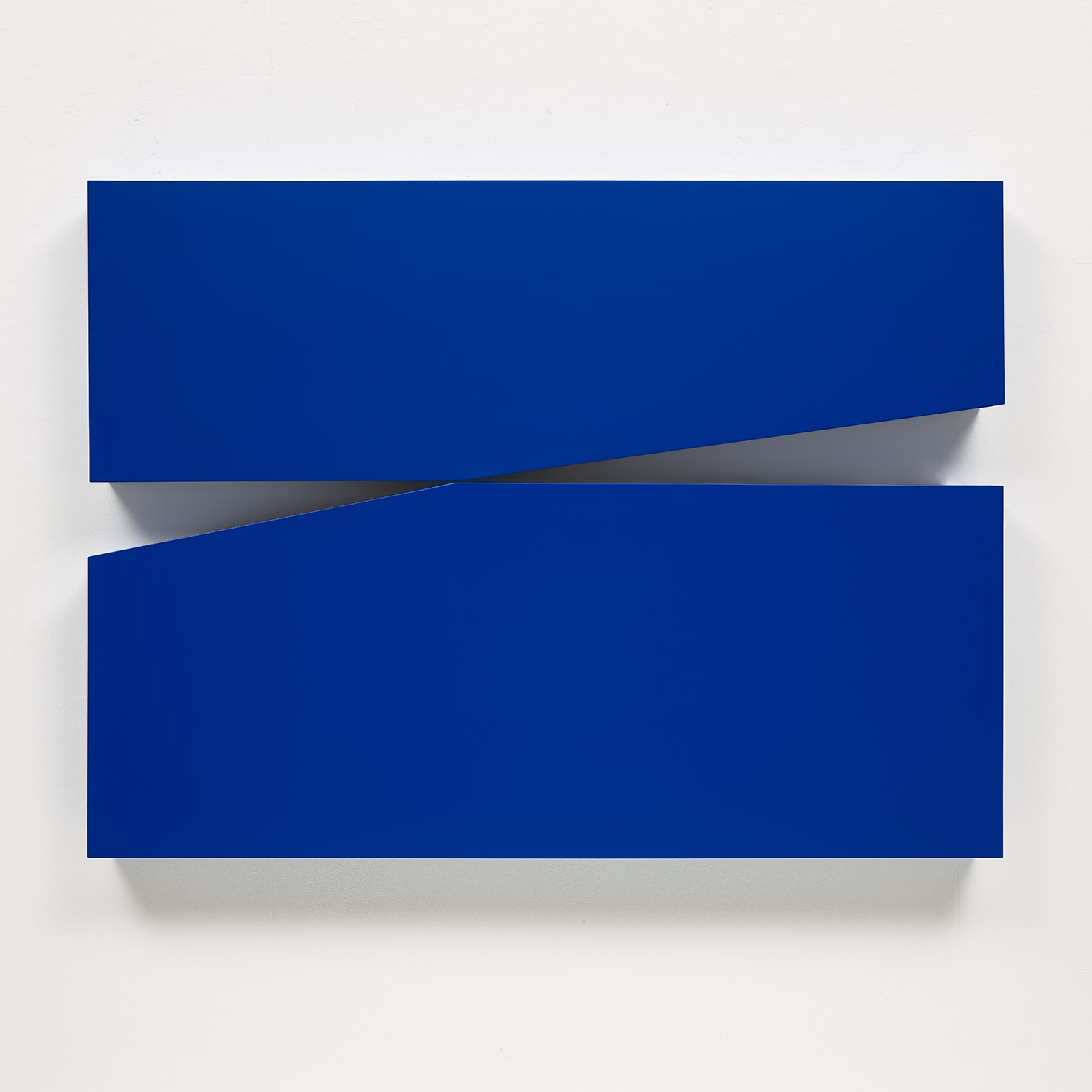



132
Carmen Herrera
Untitled Estructura (Blue)
Further Details
Full-Cataloguing
Carmen Herrera
Cuban / American | B. 1915 D. 2022Carmen Herrera is finally receiving long-deserved recognition for her arresting, hard-edge geometric compositions. Born in Cuba in 1915, Herrera has spent most of her life outside the island, permanently settling in New York in the mid-1950s. Herrera was formally trained as an architect at the Universidad de la Habana, and later completed studies at the Art Students League in New York from 1943 to 1945. During this time she became acquainted with key figures of postwar abstraction including Barnett Newman, whose work undoubtedly influenced Herrera's minimalist aesthetic.
Herrera's work is chiefly concerned with formal simplicity and experimentation with bold color. Through the use of sharp lines and stark color contrasts, she creates dynamic and technically sophisticated compositions that reflect movement, balance and symmetry.